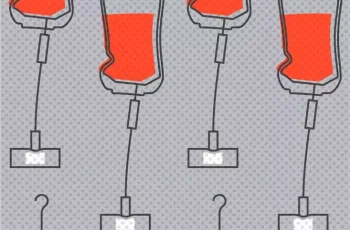Celecoxib, a nonsteroidal anti-inflammatory drug (NSAID), is used to treat pain and inflammation by selectively inhibiting cyclooxygenase-2 (COX-2) enzymes. It is commonly prescribed for conditions like rheumatoid arthritis, osteoarthritis, ankylosing spondylitis, acute pain, and dysmenorrhea (menstrual cramps).

The appropriate dosage of celecoxib varies based on factors like diagnosis, body weight, and medical history. Typically taken as an oral capsule, it is often consumed once or twice a day due to its long half-life. Treatment usually begins with a lower dose, adjusted based on the patient’s response. Regular consultation with a healthcare provider is essential, especially if adverse effects arise.
Celecoxib is available in strengths of 50 mg, 100 mg, 200 mg, and 400 mg. For osteoarthritis, treatment often starts with a low dose, potentially increasing to 400 mg once daily or 200 mg twice daily after six weeks if symptoms persist. For children with juvenile rheumatoid arthritis, dosages are based on weight, with children weighing 10-25 kg receiving 50 mg twice daily and those over 25 kg receiving 100 mg twice daily.
Celecoxib can be taken with or without food. The capsules should be swallowed whole, but if necessary, the contents can be sprinkled onto applesauce. Overdose can lead to severe symptoms like nausea, abdominal pain, and kidney failure. If an overdose is suspected, immediate medical attention is necessary.
This guide is not a substitute for professional medical advice. Celecoxib should be used as prescribed, with regular monitoring by healthcare providers to ensure safe and effective treatment.




